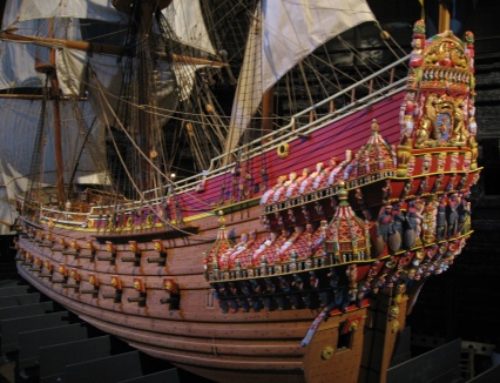 Millions around the world counted down the “seven minutes of terror” as we all followed each step of the Mars Science Laboratory (MSL), named “Curiosity”, execute the final steps of its landing on Mars.
Millions around the world counted down the “seven minutes of terror” as we all followed each step of the Mars Science Laboratory (MSL), named “Curiosity”, execute the final steps of its landing on Mars.
The mission control room at the Jet Propulsion Laboratory, part of Caltech, in Pasadena California, was broadcast live. I joined over 300 spacecraft engineers, families, students and just plan space enthusiasts at the Laboratory for Atmospheric and Space Physics (LASP) on the University of Colorado campus at Boulder, CO, to watch this historic landing.
We held our collected breaths, along with mission control engineers, as the spokesman called out, in that calm tone NASA engineers have become famous for, the completion of each phase of the landing. Dr. David Brain, of LASP, called this step, “the riskiest and most difficult landing of any spacecraft yet.”
“re-entry is begun”
“parachute deployed”
“heat shield jettisoned”
“powered flight begun”
“decent speed 50 m/sec, 500 m altitude”
“standby for sky crane”
“40 m altitude”
“sky crane started”
“landed!”
Cheers erupted both at the JPL mission control and throughout the LASP building with the shout of “Curiosity has landed”. Dr. Bruce Jakosky, also of LASP, mission leader for the MAVEN Mars mission, the follow-on to Curiosity, schedule for launch in late 2013, was not as concerned as the rest of us.
“This is the most well planned, executed and tested spacecraft of all Mars missions. The risk is if Mars throws us a curve, like a freak wind gust.” It is more than than the $2.5B cost of the rover at risk at this moment, Jakosky said, “it is the thousands of engineers who worked for more than ten years to make this spacecraft mission successful. But if the Mars environment is within the parameters we designed to, we should have no problems in the landing.” He was proven correct.
How surreal this moment was. The Curiosity had either landed safely or crashed on Mars. What happened had already happened, but we would not know about it until the the telemetry signal traveled the more than 150 million miles to us, imposing a 14 minute delay on our knowledge of events. This was a perfect real world example of the definition of simultaneity in special relativity. Two events, separated by some distance, are simultaneous when the information can travel from one location to the other.
 The tension was not over yet. The next critical step in the Curiosity mission was the first image from the rover. Only one part of the MSL mission is to send back mages, but the wide field fisheye camera was the first instrument package turned on.
The tension was not over yet. The next critical step in the Curiosity mission was the first image from the rover. Only one part of the MSL mission is to send back mages, but the wide field fisheye camera was the first instrument package turned on.
The cry erupted from one of the mission control engineers, “We have thumbnails!” As the image appeared on the screen and the world puzzled over the dark, distorted image, someone at JPL shouted, “It’s a wheel!”
Sure enough, in the lower right corner you can make out one of the six wheels of Curiosity, sitting on the Martian soil.
 Later that morning, NASA released a higher resolution and fully processed version of this first image, showing the wheel and the Martian landscape at the Gale Crater landing zone. To the sharp eye, a small section of the spring used to push off the camera dust cover appears in the very lower right corner of the image.
Later that morning, NASA released a higher resolution and fully processed version of this first image, showing the wheel and the Martian landscape at the Gale Crater landing zone. To the sharp eye, a small section of the spring used to push off the camera dust cover appears in the very lower right corner of the image.
Of course, some mission control engineers said it was all about the peanuts. This first few Mars Mariner missions were failures, until, that is, one of the mission control engineers happened to be eating from a jar of peanuts during the landing. The mission success was attributed to the peanuts.
Since then, it is traditional for jars of peanuts to be distributed right before the critical landing of any mission. And it seems to be working.
Now the real science begins.



